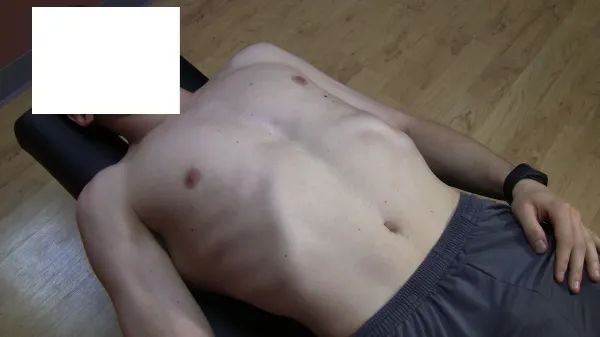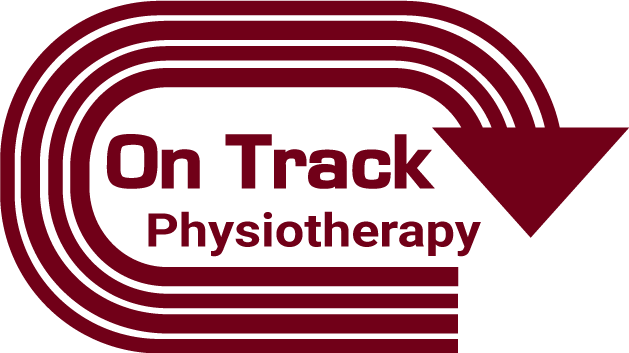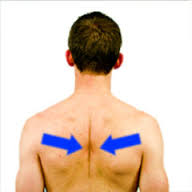In part I of this series I discussed how traditional physical therapy exercises for the rotator cuff often miss the mark, and then in part II how dysfunction and a lack of motor control in other areas of the body can significantly affect the shoulder and cause pain. Be sure to read those, if you haven’t already, as this article will make much more sense. In part III I want to talk about another concept that has taken the therapy world by storm –Scapular Retraction.
In a nutshell, scapular retraction means pulling the scapula (shoulder blade) closer to the spine, and often times the cuing from the therapist or physician is to pull the shoulder blades down and back (or “put your shoulder blades in your back pockets”).
Now I’m not going to sit here and say that good things can’t happen from doing this, or deny that I used to buy this approach. Some folks are just stuck with their shoulder girdle forward and scapulae protracted (spread apart) so far that they create a shoulder impingement with that faulty posture. Working on scapular retraction can work in the short term in these cases, but I certainly don’t think it’s a permanent fix. There are many therapists and physicians that feel this strategy will help in all cases. Here are some reasons why it will not:

1) The scapula is most cases just needs to be posteriorly tilted (or tipped). Check out the photo below to get the visual, but the jist of it is that this creates more space in the glenohumeral (shoulder) joint to decrease impingement while also allowing for greater freedom of movement at the shoulder.
Try pinching your shoulder blades down and back like in the picture above and try reaching overhead. It isn’t going to happen. The scapulae are meant to upwardly rotate when going overhead to maintain the joint space and prevent impingement. Too much ‘down and back’ will actually create more downward rotation and greater impingement (see picture above in the upper left).
Scapular Reduction Test – the scapula is gently posteriorly tilted. This will often clear an impingement with shoulder elevation. Notice he is not pulling the scapula closer to the spine! Rather he is tilting the scapula/shoulder blade backwards.

2) Many people will often mistake this scapular position fault as an actual shoulder problem and label it as “scapular winging”. However they are missing the boat here! The scapula sits on top of the rib cage. So if your scapula is improperly positioned, more than likely it is due to a ribcage that is in a faulty position. Think of it like putting hinges on a crooked door frame….it just wont work. The convex surface of the ribcage needs to meet properly with the concave surface of the scapula. Once a better relationship is established we can start talking more about “shoulder exercises.”


There is nothing wrong with a little scapular retraction to reposition the scapula on the thorax, but it is not the be all end all solution, and some other issues may need to be cleared up first in order to function correctly.

About the Author: Dr. Greg Schaible is a physical therapist and strength coach specializing in athletic performance. He attended The University of Findlay as a student athlete. As an athlete he competed in both Indoor and Outdoor Track & Field where he earned honors as a 5x Division II All-American and 6x Division II Academic All-American. In 2013 he completed Graduate School earning his Doctorate of Physical Therapy (DPT). Greg is the owner of On Track Physical Therapy in Ann Arbor, Mi. Follow On Track PT and Performance on Facebook.



